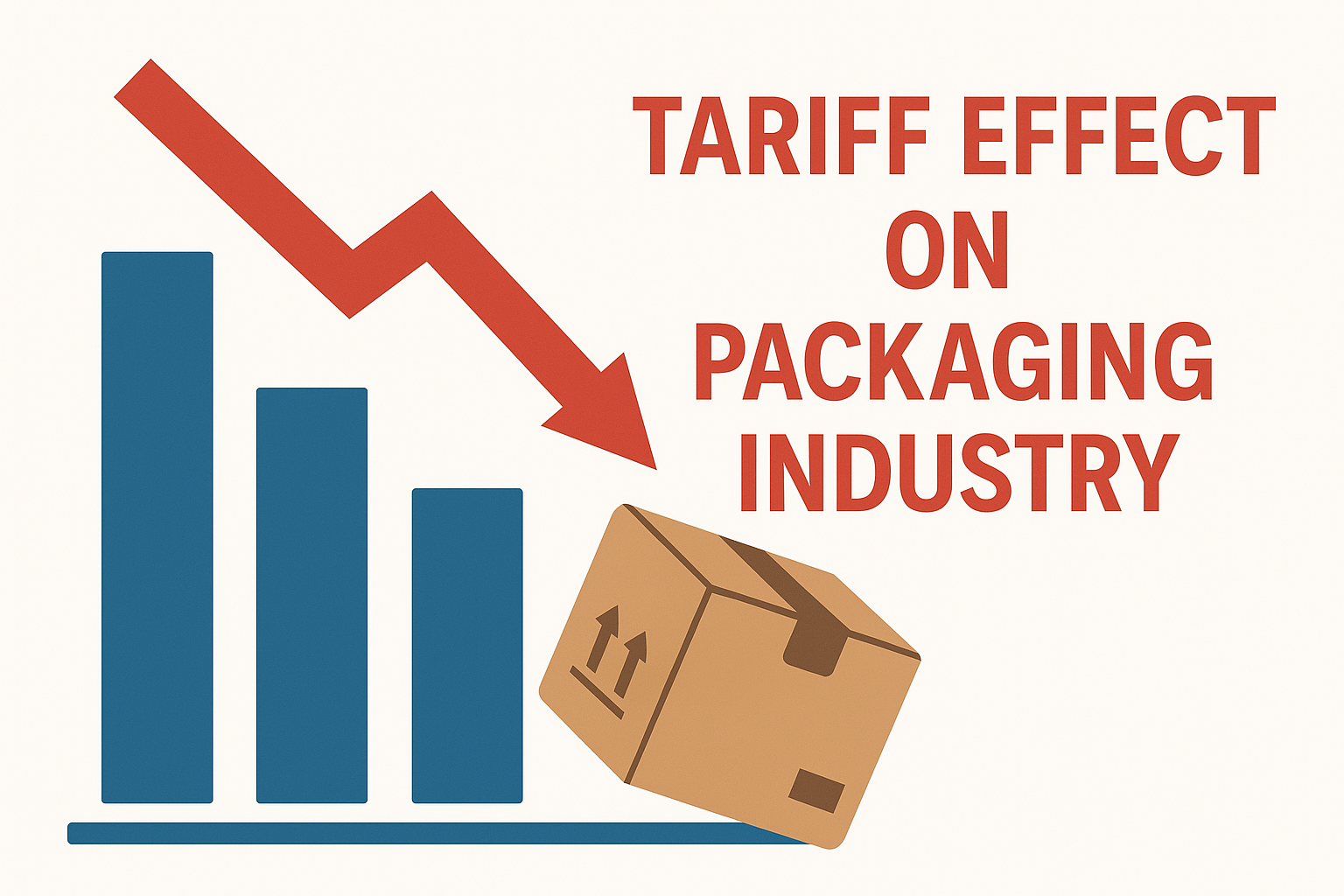
06 May 2021 --- Instead of decrying plastic packaging as the root of environmental degradation, Philipp Pap, director of sustainability and corporate development at Coveris, is arguing the material could help lead industry to the opposite outcome.
The plastic packaging industry is “part of the solution” to environmental challenges like climate change rather than the cause, he tells PackagingInsights.
As a plastic packaging supplier, Coveris focuses on addressing waste in all its forms and reconceiving it as a valuable resource. “We focus our sustainability efforts on the idea of no waste of our products, our packaging or in our operations, enforcing recycling and second life approaches,” says Pap.
In this exclusive interview, Pap shares his views on the potential consequences of the anti-plastic movement on food waste prevention and global recycling efforts.
“Evil plastic” reduces food waste
Both single-use plastic use and accumulating CO2 emissions are increasingly viewed as detrimental to the environment. And legislative action is afoot – while the EU Single-Use Plastic Directive will ban the ten highest polluting disposable plastic items from July, the UN Paris Agreement is working to limit global warming to below 2°C, preferably to 1.5°C.
Pap highlights “the planet’s significant food waste problem” as a key climate change contributor. Despite global hunger continuing to rise, the Food and Agriculture Organization estimates a third of all food produced globally is lost or goes to waste. Crucially, food loss and waste produces up to 6 percent of global CO2 emissions.
Plastic packaging helps avoid food waste due to its barrier qualities and ability to extend shelf life, Pap points out.
Returning to carbon emissions, Pap says a maximum of 10 percent of CO2 emissions from an average packed food product results from its packaging. “This very much shows how the debate is biased toward the wrong subject in our opinion.”
“We believe the current discussions around plastics should be more data-based and built on scientific evidence. If that were done, we would realize plastic packaging has a pivotal role in reducing CO2 emissions via a significant reduction of food waste,” he stresses.
“The less we protect food with packaging, the more food waste is produced and the higher the CO2 emissions.”
Playing devil’s advocate
Plastic is not the only material on the market protecting food throughout supply chain transit.
Innova Market Insights’ third top packaging trend for 2021, “Fiber-Based Frenzy,” has spotlighted an accelerated movement to launch paper-based alternatives in fresh produce packaging and other food categories.
However, Pap highlights both glass and paper packaging require more material input than plastic, resulting in higher CO2 emissions. He adds that paper does not provide the same performance in terms of balancing barrier qualities with minimal material usage.
The trifecta to solidify recycling efforts
In Pap’s view, plastic packaging is “here to stay for a reason” and recycling is vital to keeping plastic in the circular economy. Currently, there are three main challenges – and critical success factors – to increasing the plastic packaging recycling rate:
- Public investment into waste collection.
- Public and private investment into chemical recycling.
- Legislative support to allow the use of recycled materials.
More studies are still needed to bolster waste collection systems. Packaging producers are in need of higher volumes of recycled plastic to actually increase recycled content, Pap flags.
“Plastic taxes introduced across Europe are all tied to using recycled materials but there needs to be a feasible environment where waste collection works on a national level.”
Meanwhile, the need for chemical recycling is a topic which “has not called for sufficient attention in the past.” Chemical recycling can turn recycled plastic waste into food-grade packaging materials. “The technology is there but there are insufficient capacities out on the market so far,” Pap maintains.
Coveris’ eco-initiatives
Lacking food-grade recycled plastics supply brings about a third industry headache: governments’ role in supporting and incentivizing the use of recycling.
“At the moment, food products are already frequently packed with recyclable packaging solutions but legislation does not actually permit for the use of recycled materials,” he explains.
Coveris feeds nearly all of its production waste back into the manufacturing process where legislation allows and has established local Green Teams at its production sites to continuously reduce waste.
The manufacturer’s R&D teams devise product solutions made with mono-materials for enhanced recyclability. The manufacturer also develops packaging with recycled content, such as its 100 percent recycled Duralite-R film.
Concluding thoughts
Can the packaging loop ever be fully closed? Pap argues it can be. “The question is how many times materials can go through the loop before they are no longer usable, or if the cost, effort and CO2 impact are too high to justify such efforts.”
“We all have a responsibility – consumers, retailers, producers and the government – to work toward closing that loop.”
By Anni Schleicher







